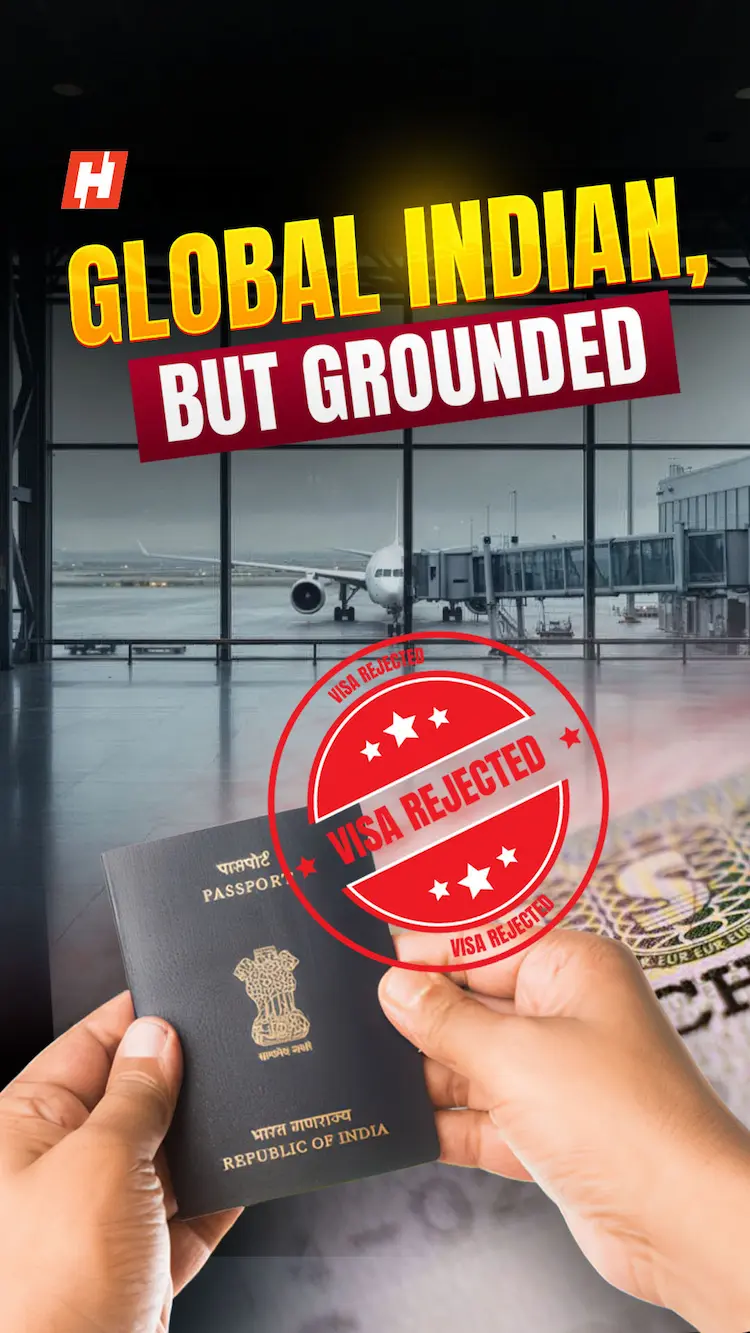The silent epidemic: How salt is fueling India’s health crisis
In the bustling kitchens of India, where spices dance and flavors collide, a single ingredient reigns supreme: salt. Sprinkled generously on fries, stirred into soups, and even pinched onto fruits. Salt is the unsung hero of every meal.
But while the nation celebrates its culinary heritage, a grim truth lingers unnoticed: the average Indian consumes nearly twice the safe limit of salt. Not sugar. Not fat. Salt. And with every extra sprinkle, we’re inching closer to a heart attack.
A Hidden Killer in Plain Sight
India faces a growing health crisis fueled by excess salt intake. The World Health Organization (WHO) recommends a daily salt intake of 5 grams (about 2 grams of sodium).
However, studies show Indians consume 10 grams or more on average, according to the Indian Council of Medical Research (ICMR). This excess salt is a leading cause of hypertension (high blood pressure), heart disease, and stroke — conditions responsible for millions of deaths annually.
At the recent Delhi conference, “Focus on Salt in HFSS Diets: Hidden in Plain Sight,” health experts emphasized that high-fat, high-sugar, and high-salt (HFSS) diets are driving India’s lifestyle disease epidemic, with salt often overlooked.
Salt’s Deep Roots in Indian History and Culture
Salt’s importance in India goes beyond the kitchen. Dating back to the Indus Valley Civilization, salt was both a culinary staple and a valuable trade commodity. The British East India Company’s monopoly and heavy taxation on salt triggered Mahatma Gandhi’s iconic 1930 Salt March — a turning point in India’s freedom struggle.
Today, India is the world’s third-largest salt producer, generating around 30 million tonnes annually. Gujarat leads production, accounting for 87% of the total. From Himalayan pink salt to kala namak (rock salt and iodized white salt, India offers a dazzling variety mined from coastal pans, inland lakes, and rock deposits.
Also See: Is alcohol outdated? Gen Z’s shift toward healthier socializing
Salt also holds cultural significance — used in rituals to ward off evil or symbolize prosperity during festivals. Yet, this love affair has a dangerous side.
Salt in Modern Indian Diets: The Hidden Danger
Salt is not just added to the table; it’s hidden in processed foods like salty snacks, instant noodles, and ready-to-eat meals. Popular street foods such as chaat and nankeens pack high sodium levels, pushing consumption far beyond safe limits.
The Grim Numbers Behind the Crisis
Over 30% of Indian adults suffer from hypertension, according to the National Family Health Survey (NFHS-5, 2019-21). Cardiovascular diseases cause 27% of deaths in India, many linked to high sodium intake (WHO Global Health Estimates, 2023). Urban centers like Delhi, Mumbai, Hyderabad, and Kolkata, where processed food consumption is highest, face the greatest risks.
A System Unprepared for the Silent Epidemic
Unlike infectious diseases, salt-related illnesses develop quietly over years. They disproportionately affect low-income populations reliant on cheap, salty processed foods. Many cases remain undiagnosed or misattributed, masking the true scale of the problem.
While India has successfully iodized salt to prevent deficiencies, efforts to reduce excess consumption lag behind. Front-of-pack nutrition labels, proven to help consumers reduce salt intake, are not yet mandatory. Public awareness campaigns on salt’s dangers are scarce.
What Can Be Done?
- Experts agree that tackling India’s salt crisis requires bold, systemic action:
- Mandatory Sodium Labeling: Clear front-of-pack labels to help consumers make informed choices.
- Regulation of Processed Foods: Set strict sodium limits for packaged snacks, instant meals, and fast food.
- Public Awareness Campaigns: Educate communities about safe salt intake, targeting schools, workplaces, and rural areas.
- Promotion of Low-Sodium Alternatives: Encourage the use of herbs, spices, and potassium-based salt substitutes.
- Strengthening Healthcare Screening: Train doctors to diagnose and counsel patients on salt-related risks, especially in urban and coastal regions.
- Supporting Research: Fund studies to track salt consumption and evaluate intervention effectiveness.
A Flavor Worth Rethinking
Salt has shaped India’s history, culture, and cuisine. But today, it threatens the health of millions. As India confronts a growing epidemic of lifestyle diseases, it’s time to rethink our relationship with this everyday ingredient. Because a pinch too much could cost us everything. Turning a blind eye won’t save lives. What isn’t counted can’t be prevented.
Must Read: From Ukraine to World War II, how women in warzones sought normalcy through beauty rituals









